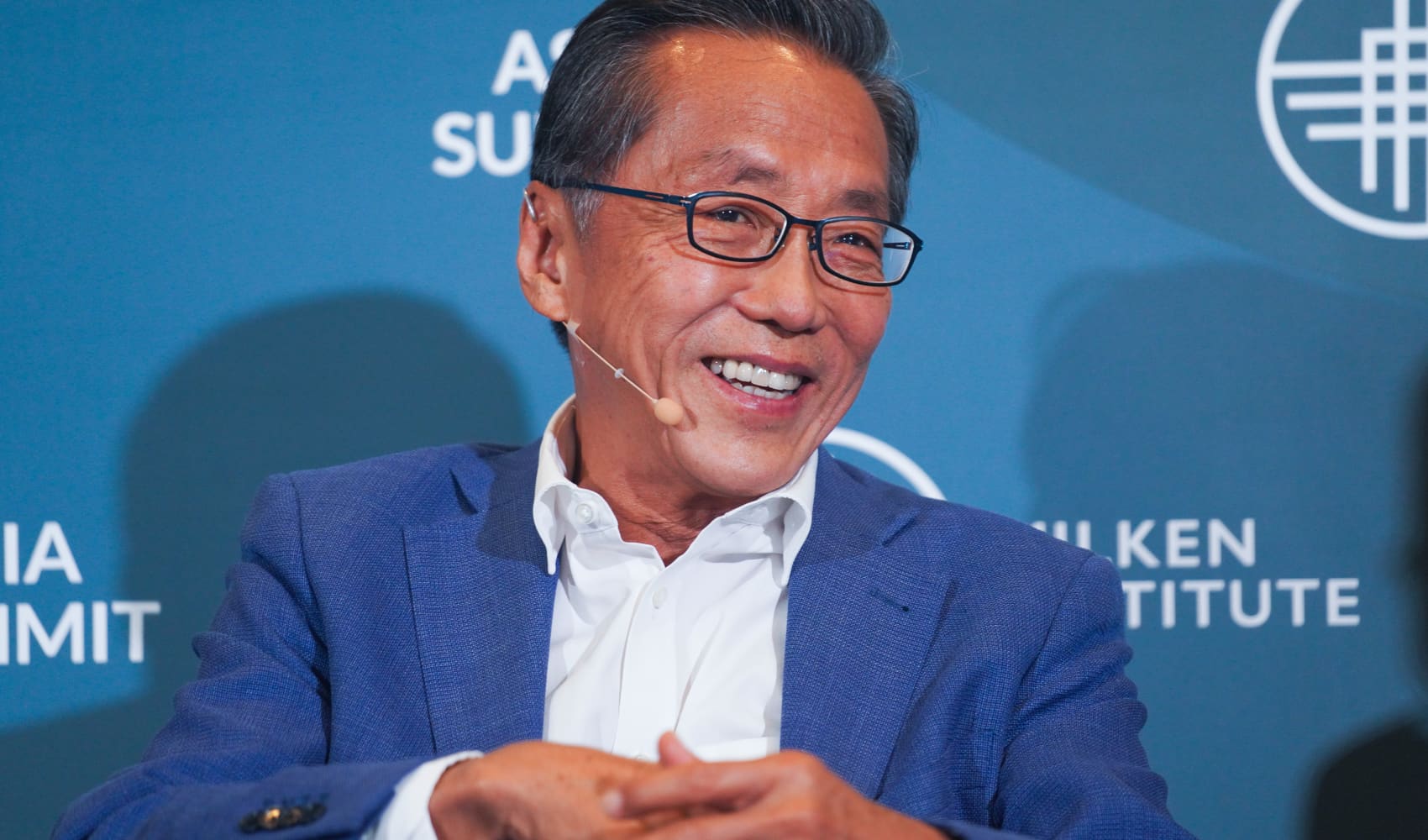
Long Covid Has an ‘Underappreciated’ Role in Labor Shortage, Study Finds
- Long Covid — also known as long-haul Covid, post-Covid or post-acute Covid syndrome — is a chronic illness with potentially debilitating symptoms.
- About 18% of people with long Covid hadn't returned to work for more than a year, according to a report by the New York State Insurance Fund, state's largest workers' compensation insurer.
- The finding adds to other research suggesting long Covid is contributing to a labor shortage and hurting the U.S. economy.
Long Covid is keeping people out of work and may reduce on-the-job productivity for others, contributing to a labor shortage and weighing on the U.S. economy at large, according to a new study.
Long Covid — also known as long-haul Covid, post-Covid or post-acute Covid syndrome — is a chronic illness that results from a Covid-19 infection. Its potential symptoms number in the hundreds and, for some, can be debilitating and persist for years.
Up to 30% of Americans develop long Covid after a Covid infection, affecting as many as 23 million Americans, the U.S. Department of Health and Human Services said in November.
Symptoms can keep people out of work for substantial periods of time.
About 18% of people with long Covid hadn't returned to work for more than a year after contracting Covid, according to a recent study by the New York State Insurance Fund, the state's largest workers' compensation insurer. Of this share, more than 3 in 4 were under 60 years old.
Money Report
Another 40% returned to work within 60 days of infection but were still receiving medical treatment — presenting challenges such as reduced hours, lower productivity and other workplace accommodations, NYSIF said.
"If broadly reflective, these findings begin to fill information gaps about the labor market, including an underappreciated reason for the many unfilled jobs and the declining labor participation rate since the emergence of the pandemic," according to the report.
There are about 1.7 open jobs per unemployed worker. The labor force participation rate was 62.3% in December, which has shown "little net change" since early 2022 and remains a percentage point below its pre-pandemic level, according to the Bureau of Labor Statistics most recent jobs report.
The NYSIF report examines 89,107 workers' compensation claims filed from January 2020 to March 2022. The insurer approved 3,139 claims related to Covid-19, of which 977 involved long Covid as defined by certain criteria.
Researchers haven't coalesced around a uniform definition of long Covid. NYSIF said a worker must have either been out of work or received medical treatment for at least 60 days to be counted as a long-Covid sufferer. And, because these are workers' compensation claims, the data only count people who had a Covid exposure at work.
Other studies suggest long Covid has kept hundreds of thousands, and as many as 4 million Americans, out of work.
Long Covid has pulled people out of the labor force at roughly the same rate as annual retirements by baby boomers, according to Gopi Shah Goda, a senior fellow at the Stanford Institute for Economic Policy Research. In other words, it equates to an additional year of population aging.
Long Covid is responsible for some of the labor gap
Long Covid's workplace effect comes as the demand for labor hovers near historic highs.
Job openings and the rate of voluntary departures by workers hit records following a broad economic reopening in early 2021, as Covid vaccines became widely available. Wages grew at the fastest pace in decades and the layoff rate hit record lows, as businesses competed for workers and then tried to retain them.
Long Covid research suggests the illness played an under-the-radar role in these broad pandemic-era labor trends, which likely funneled into inflationary pressure in the U.S. economy.
Millions of people left the labor force in the early days of the pandemic, due to factors like illness, caregiving and fear of infection. But workers haven't returned as quickly as imagined, particularly those outside their prime working years, Jerome Powell, U.S. Federal Reserve chair, said in November.
About 3.5 million workers are still missing, Powell said. He attributed at least "some" of that gap to long Covid.
People who can't return to work because of long-haul symptoms may suffer many negative financial impacts like reduced income and the loss of employer-provided health insurance, NYSIF found. Claimants were also less likely to return the longer they were out of work, its data show.
Plus, long Covid medical costs for the average person are about $9,000 a year, without accounting for any insurance-related coverage.






